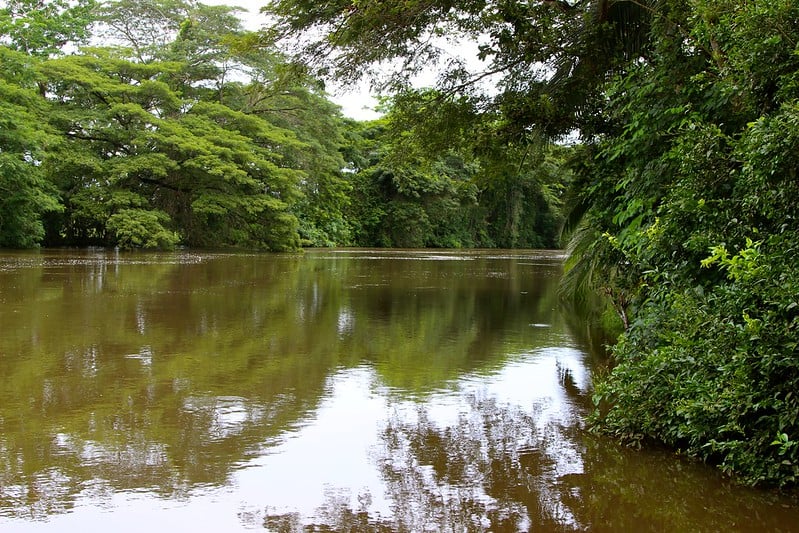
A severe drought in parts of the Amazon has caused river water levels to drop significantly. This has revealed many hidden rock formations, some of which bear carvings of human figures believed to be around two thousand years old.
Livia Ribeiro, a resident of Manaus, the largest city in the Amazon, had heard about these ancient carvings from her friends and decided to see them for herself. She couldn’t believe it at first.
“I thought it was a lie…I had never seen this,” said Ribeiro, who works as an administrator. “I’ve lived in Manaus for 27 years.”
Human faces carved into rock over 1,000 years ago have been revealed after a drought in Brazil’s Amazon. pic.twitter.com/FrxFyHrAB2
— Pubity (@pubity) October 24, 2023
Rock carvings with ancient human faces covered by river
Normally hidden beneath the waters of the Negro River, these rock carvings have emerged for all to see. Last week, the river’s water level reached its lowest point in 121 years.
The appearance of these engravings along the riverbank has brought joy to both scientists and the general public alike. However, it has also sparked troubling questions, wrote Science Alert.
“We come, we look at [the engravings] and we think they are beautiful,” Ribeiro said. “But at the same time, it is worrying…I also think about whether this river will exist in 50 or 100 years.”
In the past few weeks, an intense drought in Brazil’s Amazon region has led to a significant drop in river levels. This is causing considerable disruption in an area heavily reliant on a network of waterways for transportation and the delivery of essential goods.
To address this crisis, the Brazilian government has dispatched emergency assistance to the affected region. Typically bustling riverbanks now lie dry with stranded boats left behind as a stark reminder of the challenges this drought has brought, writes Science Alert.
Dry season in Amazon worsened due to El Niño
Experts attribute the more severe dry season this year to El Niño, an irregular climate pattern in the Pacific Ocean that disrupts typical weather patterns. This worsens the impact of climate change.
The carvings are considered an archaeologically significant site, as noted by Jaime Oliveira from the Brazilian Institute of Historical Heritage (Iphan).
These engravings are located at a site known as Praia das Lajes. They were initially discovered in 2010 during a previous drought, which was not as severe as the present one.
The rock carvings were found in the low, brownish waters of the Negro River that flows through a dense jungle.
They predominantly depict human faces in various shapes, including rectangular and oval, and display both smiling and serious expressions, reported Science Alert.
See all the latest news from Greece and the world at Greekreporter.com. Contact our newsroom to report an update or send your story, photos and videos. Follow GR on Google News and subscribe here to our daily email!



